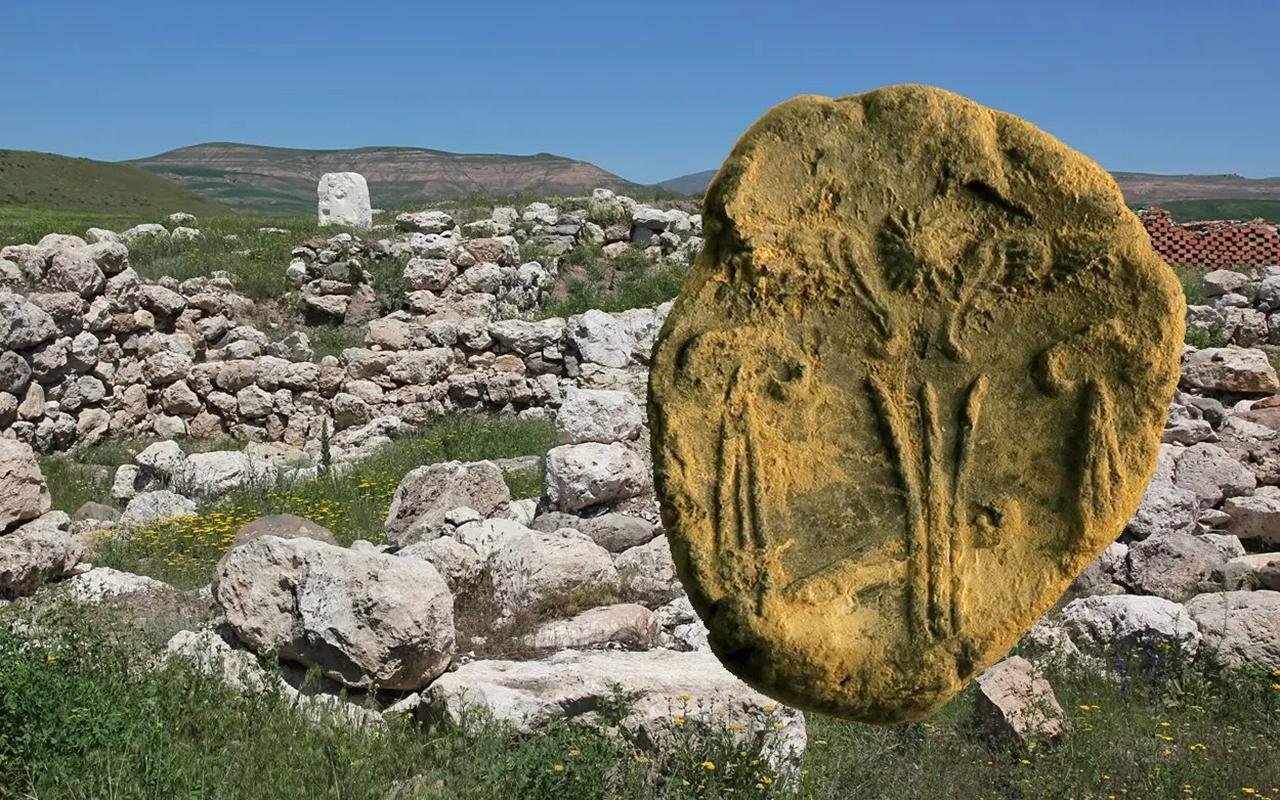Archaeologists from Koç University have unearthed clay-stamped seals from the reign of Ḫattušili III, during their excavations at Kayalıpınar in Turkey’s Sivas Province.

This site, with its earliest traces of occupation dating back to the 5th millennium BCE, has revealed a wealth of historical treasures spanning several epochs.
In the early Kārum period, Kayalıpınar served as a station (wabartum) for ancient Assyrian traders. Over time, it evolved into a trading colony (kārum). During the Early Bronze Age, the Hittites transformed this colony into a major city named Šamuḫa. Šamuḫa played a central role in field operations and was a hub for the worship of the Hurrian Goddess of the Night.
Ḫattušili III was a prominent ruler of the Hittite Empire in the 13th century BCE. He is renowned for his role in negotiating the Eternal Treaty, also known as the Silver Treaty, with the Egyptian Pharaoh Ramesses II. This treaty brought an end to a centuries-long conflict between the Hittite Empire and the Egyptians over control of the eastern Mediterranean lands.

The discoveries at Kayalıpınar also encompass seals associated with Ḫattušili III’s wife, Puduhepa, as well as seals for his offspring and other members of the royal family. Additionally, fragments of tablets bearing cuneiform inscriptions of festivals, fortune-telling texts, and numerous religious scripts have come to light.
These seals and artifacts were uncovered within a building that researchers believe functioned as an Imperial archive of the Hittites.
Dr. Çigdem Maner, an Associate Professor of Koç University’s Department of Archaeology and Art History, emphasized the importance of their findings, stating, “We found them in a burned building we excavated. Especially from the period of Hattuşili III, we discovered very important seal impressions related to his wife, children, and the royal family. After consultations and discussions, we would like to designate the structure where these were found as the Imperial Archive. We can see that there is a very significant Hittite imperial archive in Kayalıpınar.”

Moreover, the excavation team uncovered two new Hittite structures, possibly temples, based on their architectural plans and findings. One of these structures even had the name of King Hattusili III engraved on a ceramic vessel, adding to the excitement surrounding these remarkable discoveries.